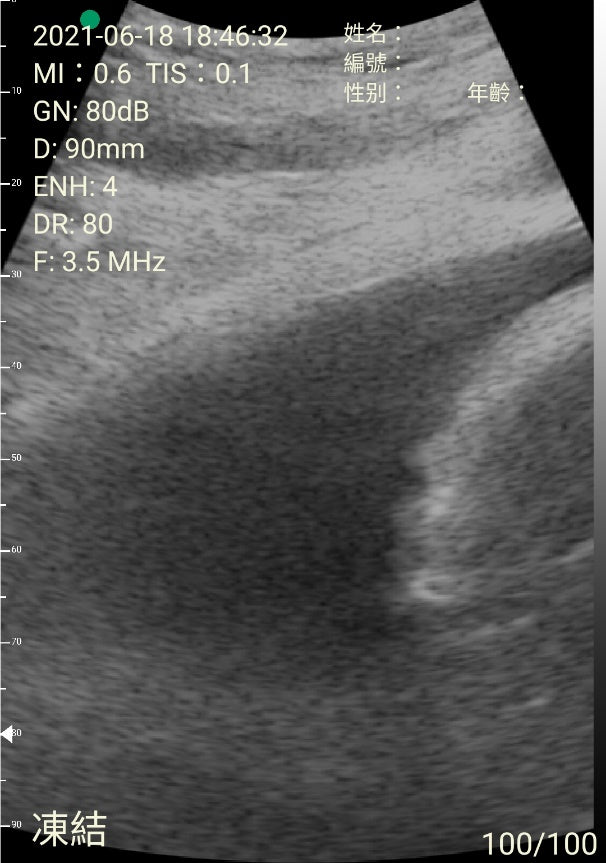Choose the One from All, An Objective Review
- 2023-03-03
- 3297
- Sonostar Technologies Co., Limited
- A Case Study by Wiley, physician specialized in Pulmonogy and Critical Care in Taiwan
Introduction
Point of care ultrasound (POCUS) is now a game changing survey for patients in emergency department or critical care unit. The traditional ultrasound machines provide good quality of images but they are heavy and expensive. Especially in the era of COVID-19, a portable, easy-to-use and easily disinfected ultrasound machine is a must for physicians.
Choose the One from All
To choose a suitable device for POCUS, I did a review chart of the brands and portable devices in the market. As a physician, both convex probe for abdominal survey and linear probe for vessel evaluation are necessary. Sector probe could be replaced with convex probe in critical care condition so that is not so important. Wireless feature is necessary in the COVID-19 era. Price is also an issue if your hospital cannot buy one for you.
Comparison of portable ultrasound machines on the market.


Due to the limit ability of reviewing, some companies may not included.
CF: color flow; PD: power Doppler; PWD: pulsed-wave Doppler. *199USD per month for rental, including machine and pad.
Smartphone sized EagleView is compact and wireless. It is a suitable device for physicians doing POCUS every day and help doctors do sono-guided interventions, such as central venous catheter insertion, pigtail insertion or sono-guided biopsies, in critical care unit.

The device I received was in a compact box, including a charger pad, brief manual and the EagleView itself. Then I did some scans on the patients and my self immediately.
Case 1: Vessel demonstration

Demonstration of left common carotid artery and internal jugular vein in B mode.

Demonstration of left common carotid artery and internal jugular vein with color doppler.
The image quality is suitable for sono-guided needle placement.
These were the images obtained from a 95-year-old man who was admitted to ICU for septic shock and we need to place a central venous catheter for him.
Case 2: Pleural effusion

Demonstration of bilateral pleural effusion. The picture shows small amount pleural effusion with collapsed lung, diaphragm and spleen.

The picture shows large amount pleural effusion, diaphragm and liver.
These images were obtained from a 80-year-old man with heart failure and general edema. Chest film showed bilateral blunt costophrenic angles. We planned to place a pigtail to drain his pleural effusion out.
Case 3: Image quality check on health subjects
To check the image quality of EagleView, we do some scans on health subjects.

Thyroid and common carotid artery in B mode.

Thyroid and common carotid artery with color doppler.

Thyroid and common carotid artery in B mode.

Thyroid and common carotid artery with color doppler.
Images of thyoid scan on a 35-year-old healthy man.
Abdomen Review

Left lobe of liver

Portal area

Right lobe of liver

Hepatorenal fossa

Common bile duct

Gall bladder
Images of abdominal scan on a 35-year-old healthy man.
Conclusion
It’s a compact, lightweight, wireless portable ultrasound scanner with good quality of linear probe and fair quality of convex probe. The boot up is quick within 30 seconds if you boot the device first and then open the smartphone app. However, the image quality is still not good enough to do cardiac evaluation. The machine becomes warm after working for around 10 minutes. I dare not to test its durability and still trying to find a box fit for it.
Generally, it’s a machine worth its price and could help doctors without an ultrasound machine or with really old ultrasound machines.






















 网站首页
网站首页 产品中心
产品中心 服务支持
服务支持 联系咨询
联系咨询